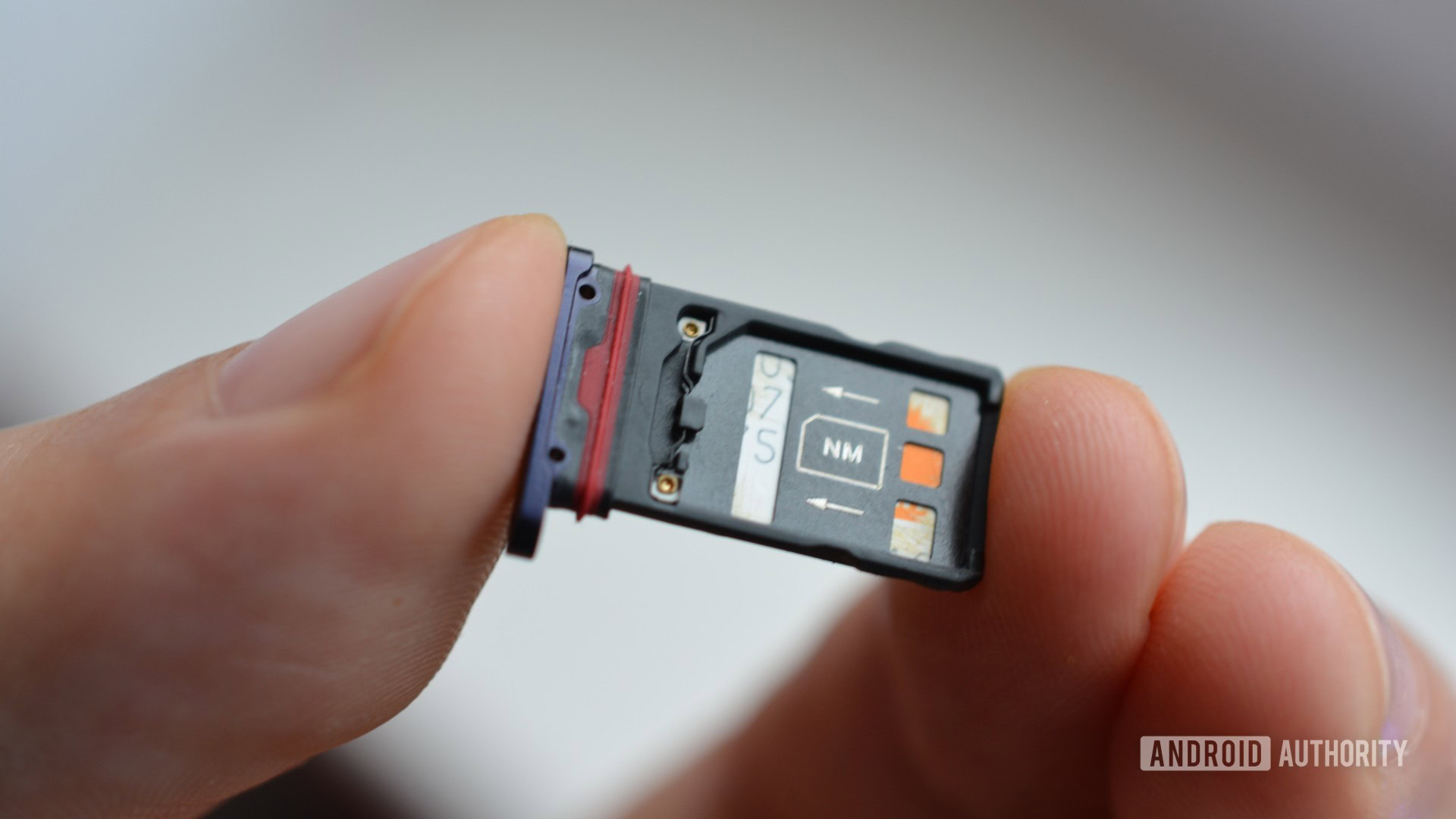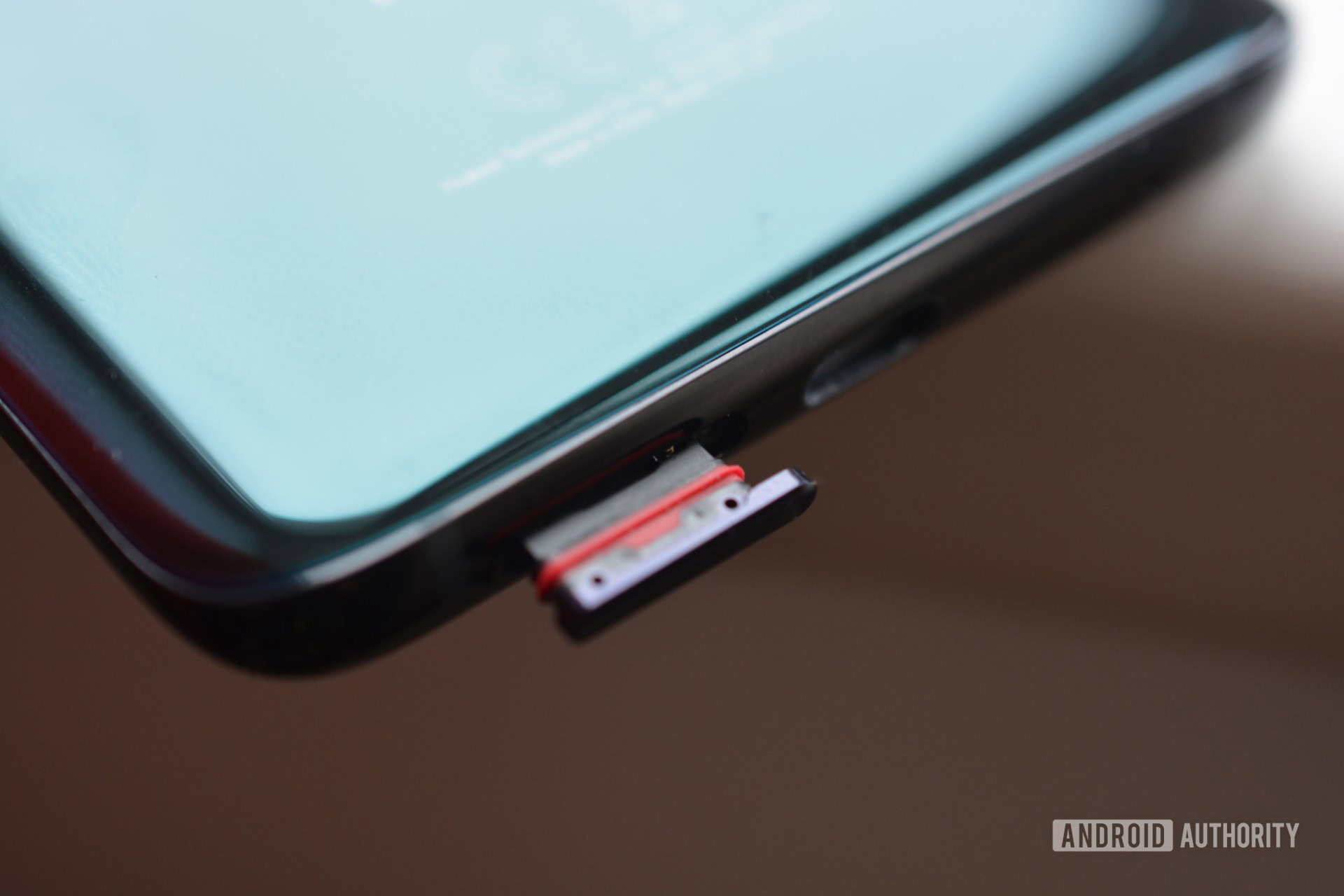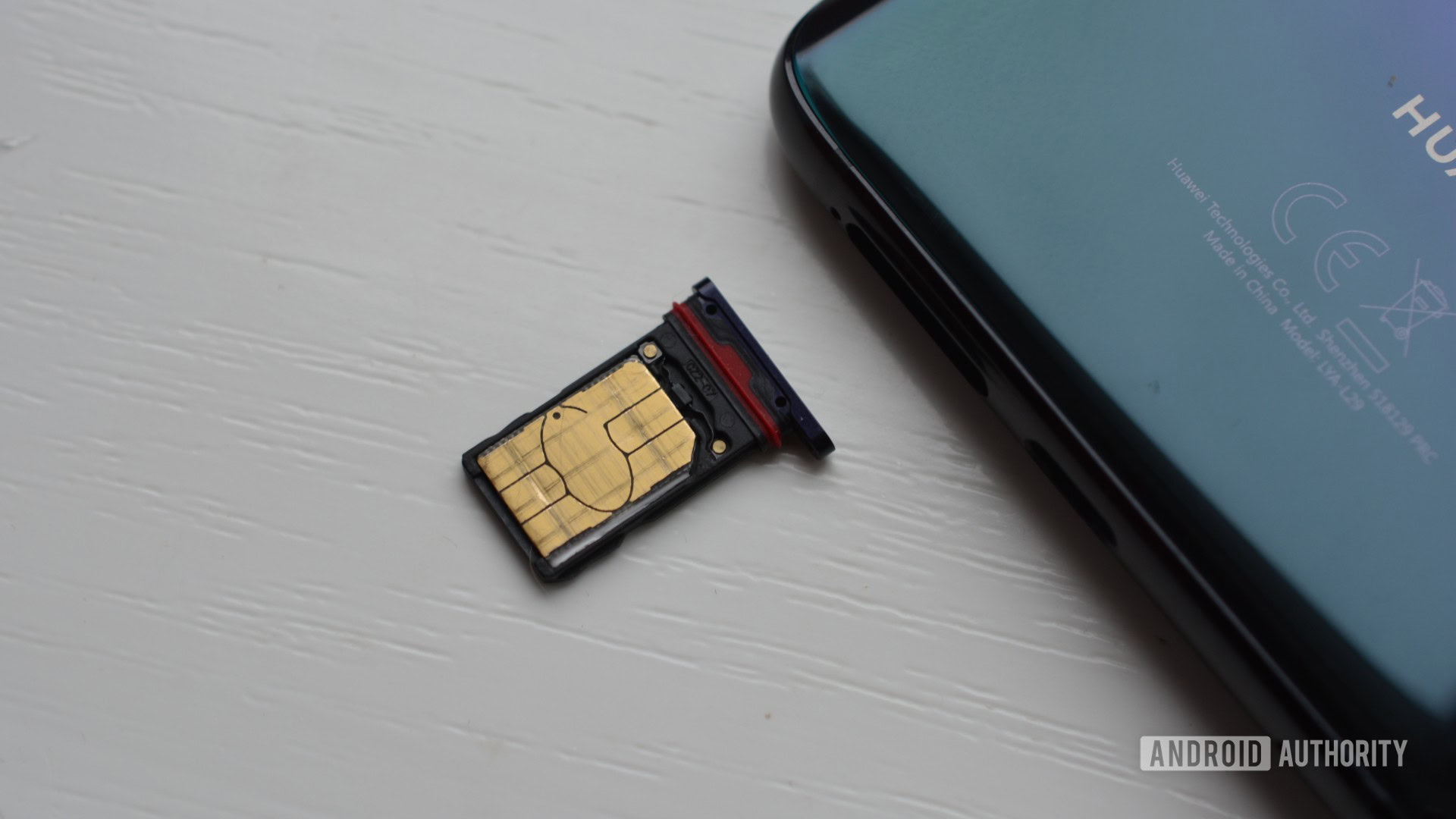Affiliate links on Android Authority may earn us a commission. Learn more.
What's taking eSIM so long to become mainstream?

eSIM has been available in smartphones for years now, see the Google Pixel 2 as an early example, yet the technology still hasn’t caught on in the mainstream. Only a handful of smartphones released each year include eSIM technology and even fewer carriers support the full range of devices. Furthermore, iSIM, eSIM’s eventual successor, doesn’t appear close to permeating the tech enthusiast lexicon, let alone mainstream consumers.
Ditching the old-fashioned analog SIM card for a smart digital alternative seems like a long-overdue change. Did you know that the first SIM card was developed in 1991 by Munich-based smart-card maker Giesecke & Devrient? However, consumers and the broader industry don’t appear to be sold on the move over to an embedded, digital alternative. Just what is taking eSIM so long to become mainstream?
Read more: Best dual SIM Android smartphones
eSIM problems and challenges
Asking consumers about eSIM always yields familiar concerns – will I be locked to a carrier, will it cost more than a standard SIM, will my details be secure? These are important questions and although there are good answers to them all, eSIM doesn’t offer persuasive enough solutions to entice users into making the switch.
While remote SIM provisioning and a tiny secure chip are supposed to solve these problems, there’s still the issue of practicality. Checking and comparing data plans is easy enough online, but there’s currently not a good way to apply said plans quickly to your eSIM. Customers often have to pop into stores or buy eSIM packs, scan QR codes and mess around in settings menus. This is arguably more inconvenient than ordering a standard SIM.

It’s also worth considering what happens if your eSIM phones breaks. It’s easy enough to swap a standard SIM into another phone, be it an old backup or a replacement. Transferring your eSIM contract to a new device is substantially more involved. Carriers need to simplify the eSIM experience, but that will require substantial backend investment.
Picking carriers and contracts just isn't as simple with eSIM. It's much more suited to IoT devices.
Arm’s industrial survey, published in August, reveals a few key themes making the industry hesitant about adopting the technology. Only 44% of respondents believed that iSIM is as secure as a traditional SIM card. 40% are also worried about carrier lock-in, a fear shared by consumers who want the flexibility to easily move to more affordable tariffs.
However, the leading cause is resistance to the new technology (69%) and implementation complexity (40%). This likely stems from not wishing to invest in new expensive technologies when SIM cards are very well understood and affordable to implement. This is a key factor in affordable mid- and low-tier products.
eSIM technology accounts for just a fraction of the bill of materials in a flagship smartphone, such as Google’s Pixel or Samsung’s Galaxy S range. However, an extra $10 or even $5 whittles down the margins in more affordable products. When targeting products at a global audience, particularly growing and emerging economies, eSIM technology is an optional expense that’s almost guaranteed to be cut.
eSIM, iSIM, and the future

eSIM has its pros and cons, but it’s still likely to be the SIM technology of the near future. According to Arm’s survey, 80% of industry representatives surveyed believe it will eventually overtake traditional SIMs. The question is just how much longer we’ll have to wait.
Familiar SIM card shipments are gradually falling. A newly published paper from ABI Research expects that the SIM card market will contract from 5.2 billion this year to five billion in 2024. The industry isn’t expecting a sharp decline any time soon. Even then, the driving factor in SIM card decline is consumers keeping their phones for longer, rather than moving over to integrated SIM technologies.

Even so, there is gradual growth in the eSIM market. More and more carriers are supporting the technology around the globe, and not just in Western markets. Unfortunately, device support remains limited to expensive flagships like the Apple iPhone 11 and Google Pixel 3. However, IoT devices, SIM-enabled laptops, and automotive market growth are expected to drive broader adoption of integrated SIM technologies in the coming years.
eSIM and iSIM technologies remain a longer-term proposition and have a crucial role to play as more devices are connected to the internet. Data plans spanning multiple eSIM and iSIM devices, a so-called “Internet ID”, will be needed to managed various internet-connected devices, from your PC to your car. Carriers are gradually getting on board with eSIM and there are some bigger changes heading our way in the next five years. The implementation just has to catch up with the technology.